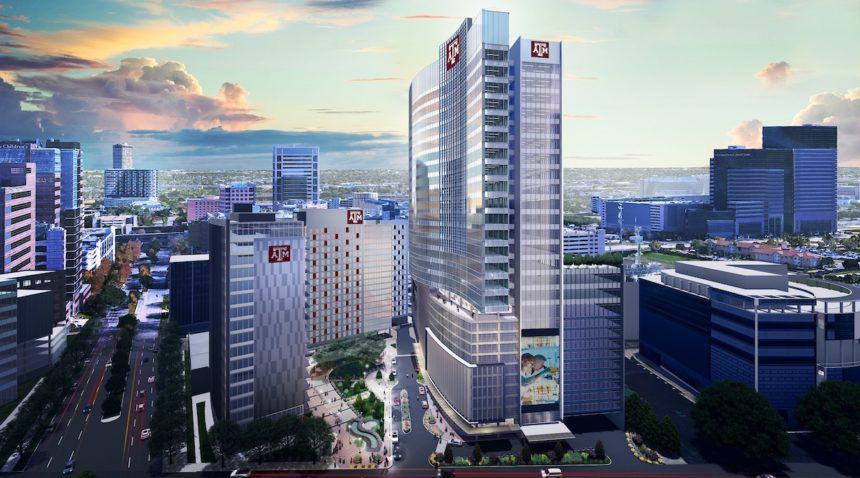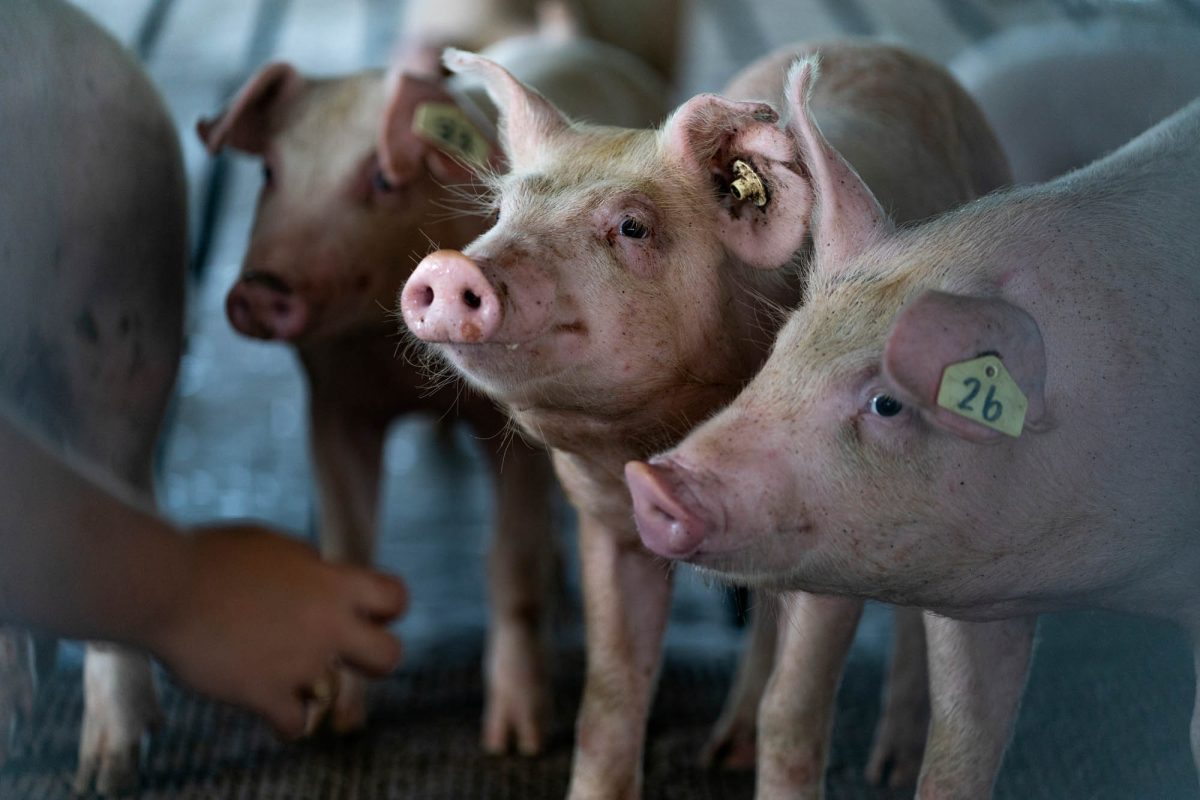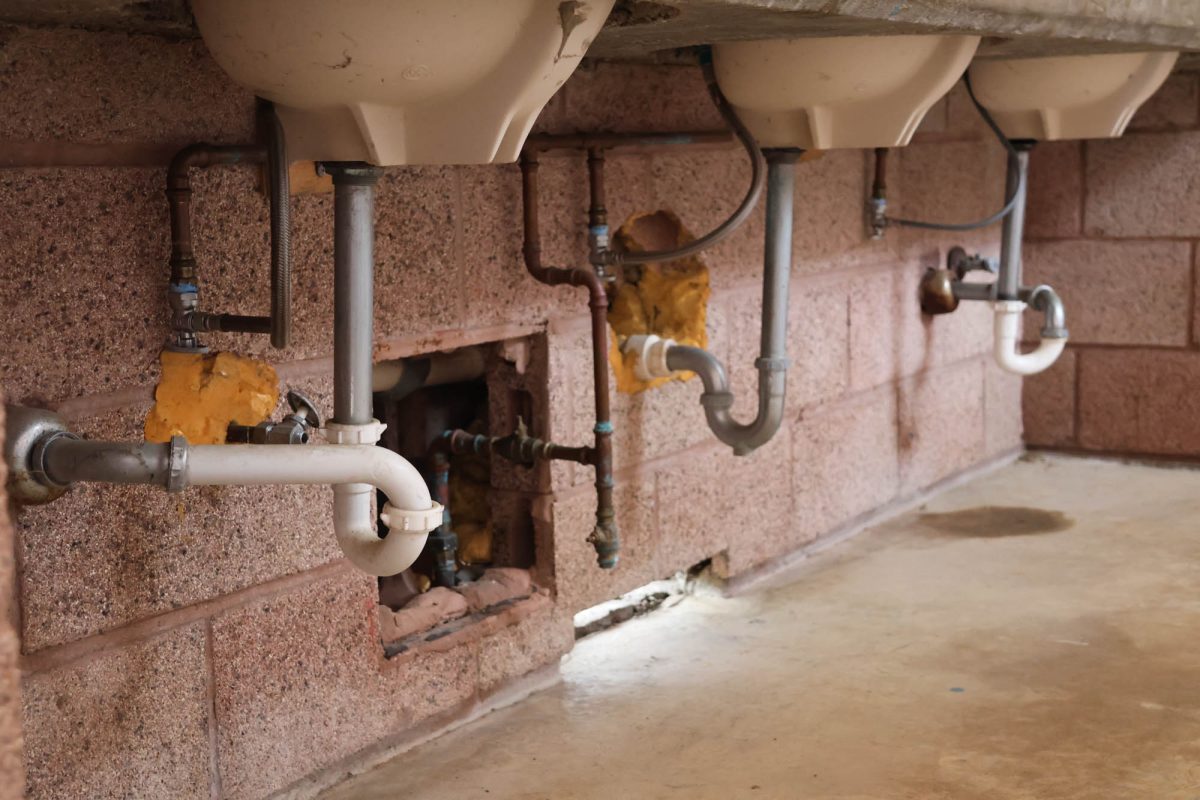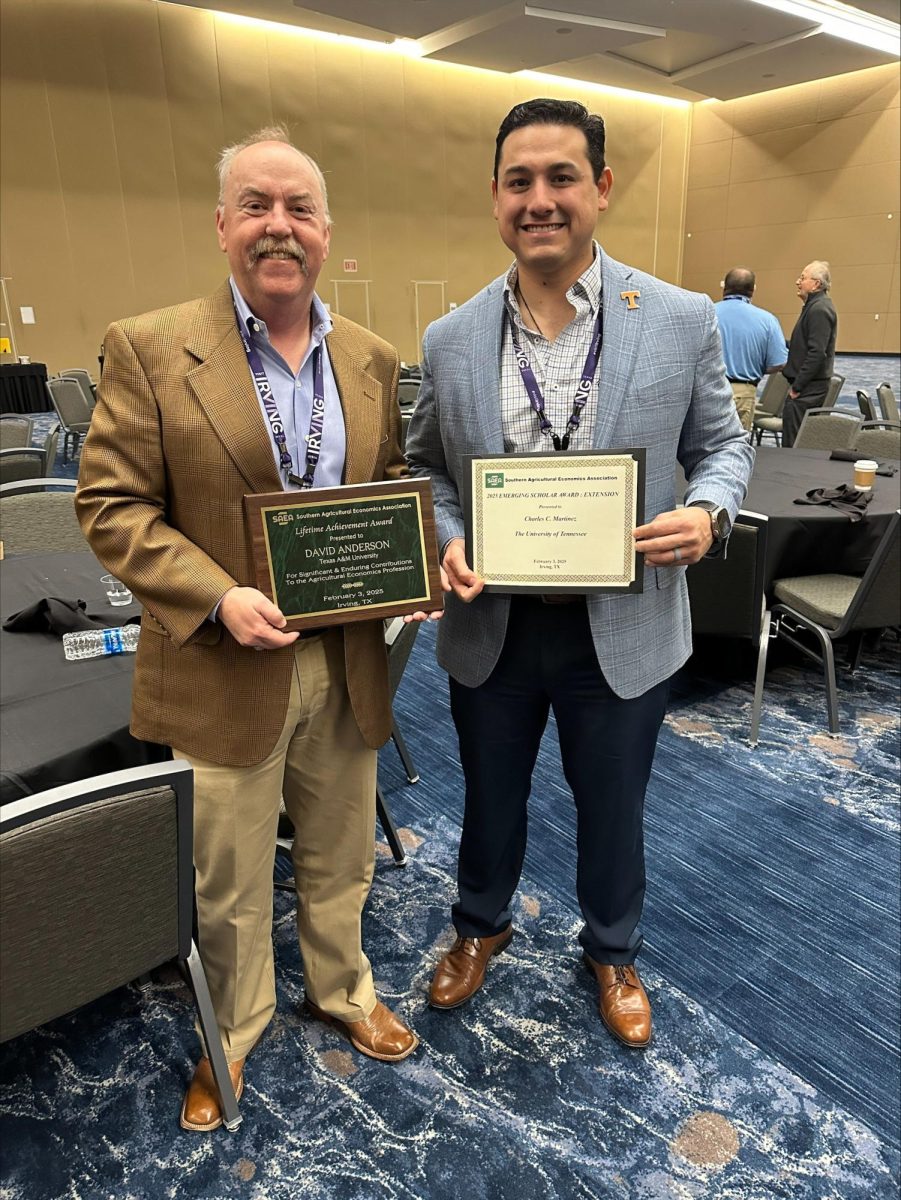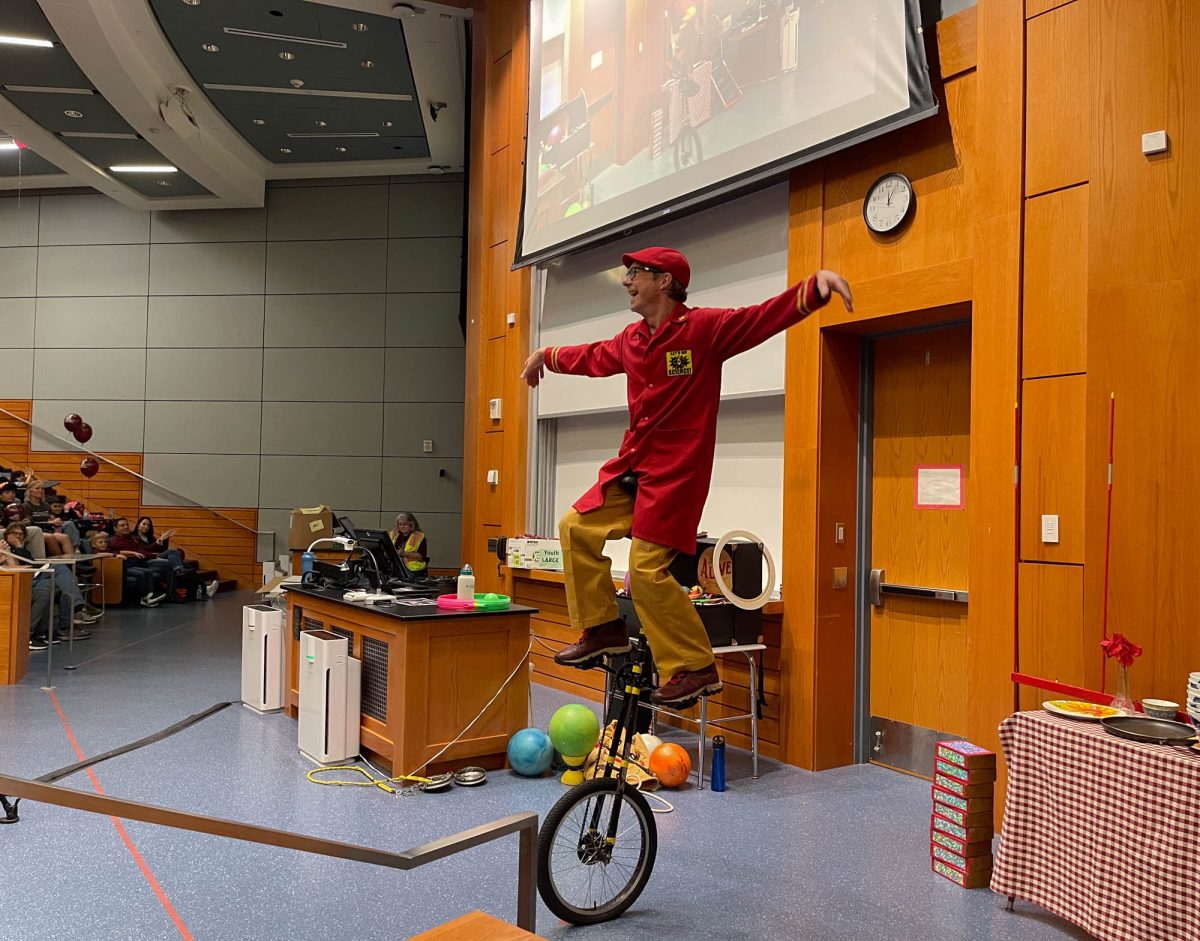The Texas A&M University System will build a new medical complex at the Texas Medical Center in Houston with a new graduate program in mind. The System seeks to benefit from the experience and entrepreneurship opportunities in the surrounding hospitals, companies and professionals.
The Texas Medical Center (TMC) in Houston is the largest medical complex in the world. According to their website, the TMC has 10 million patient encounters per year and performed over 180,000 surgeries in that timespan, all of this in 50 million developed square feet with more than 106,000 employees.
Vice Chancellor of Marketing and Communications Laylan Copelin said the Texas A&M University System was planning on building a $550 million complex at the TMC. Copelin said the plan was to construct three buildings, each with a different purpose.
The new Student Housing Building will be located in the Medical Center and is planned to be 19 stories tall with 3,444 parking spaces. It is expected to be completed in June 2022 and will serve to accommodate students with housing. There will be a priority of Texas A&M medical students and Prairie View A&M nursing students over other institutions.
The second new building is the Integrated Medical Plaza. The 30 story building will serve as a medical office building and is expected to be completed in June 2023.
The third building will be the Engineering Medicine Education Facility, which will come from the remodeling of a previously existing building. The 18 story building is expected to be completed in the summer of 2020 and will be used as an educational facility for the EnMed program.
Dr. Roderic Pettigrew, CEO of Engineering Health and executive dean for the Engineering Medicine (EnMed) program at A&M, said the EnMed program was a three-way partnership between the College of Engineering, the College of Medicine and Houston Methodist Hospital. Pettigrew said the program is a response to a new demand for technological problem-solving in medicine.
“[This is meant] to educate a new kind of physician through the convergence of engineering and medicine in the same curriculum,” Pettigrew said. “The students simultaneously earn both an MD degree and a master’s in engineering.”
Pettigrew said the term for these innovation-centric physicians is “physicianeers.” He said the program will not only focus on teaching but it will expect students to be inventive with commercial potential waiting after graduation.
“Think of them as intellectually bilingual,” Pettigrew said. “To achieve this goal and not just simply be aspirational, we actually anchor that aspiration and that intent, of training an invention minded physician. [We do so] by requiring the students to invent a solution to a healthcare problem or challenge by graduation.”
Dr. Barbara Gastel, professor of integrative biosciences, humanities in medicine and biotechnology at A&M, said there is a strong technological presence throughout medicine. Gastel said diversified knowledge would help in solving new medical problems.
“Technology plays many roles in medicine,” Gastel said. “I think the human doctor-patient relationship remains extremely important. But technology can play roles in, you know, everything from disease prevention to diagnosis to treatment. So I think almost all phases of medicine have [a way] to which technology can contribute.”
Texas A&M system to build medical complex in Houston to harvest engineering medicine
March 16, 2020
Photo by Texas A&M University System
The Texas A&M Medical Center is planned for Houston’s Texas Medical Center area.
0
Donate to The Battalion
$2790
$5000
Contributed
Our Goal
Your donation will support the student journalists of Texas A&M University - College Station. Your contribution will allow us to purchase equipment and cover our annual website hosting costs, in addition to paying freelance staffers for their work, travel costs for coverage and more!
More to Discover




